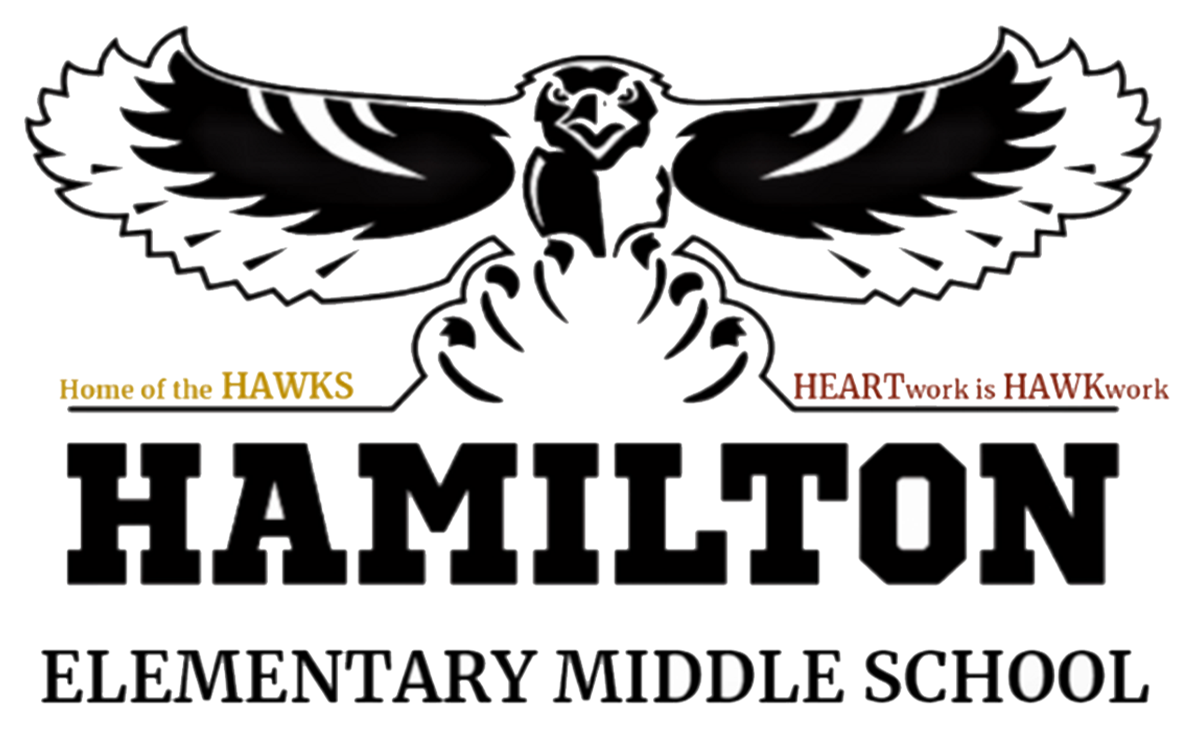First Grade
Students:
Build reading comprehension skills, distinguish between fiction and nonfiction, and compare characters in stories
Add and subtract up to 20 and solve word problems
Investigate light, how plants and animals grow and live, and patterns in space
Study geography and the environment
Make comparisons between past and present
Common Core
Time, Currency and Word problems.
Second Grade
Students:
Read stories, fables, and folktales from different cultures
Ask “who, what, where, when, why, and how” questions about reading
Add and subtract up to 1,000
Measure and estimate lengths
Explore changes to our planet and how plants and animals adapt to where they live
Understand the difference between needing something and wanting something.
Third Grade
Students:
Retell important details from fables, folktales, and myths from different cultures
Learn about point of view in writing
Multiply and divide numbers up to 100, begin to understand fractions, and solve word problems
Investigate insects
Study how individuals and groups protect rights and maintain order in our world
Learn about money
Study Baltimore’s history, culture, and economy
Fourth Grade
Students:
Explain differences between poetry, drama, and prose
Figure out the meaning of words and phrases in writing
Add, subtract, and multiply fractions, and solve word problems
Investigate changes to our planet, waves, and energy
Study Maryland’s history, geography, and economy
Tip: Now is the right time to start planning for middle school. Some programs have entrance criteria, and grades and attendance in 4th grade count! Learn more about middle school choice.
Fifth Grade
Students:
Explain the structure of different kinds of writing
Learn more about a narrator’s point of view
Analyze how pictures contribute to a text
Continue to learn about fractions and study decimals
Study environmental and earth science
Explain the differences between the British colonies and America
Tip: All 5th-grade students can choose the middle schools they'd like to go to next year. The first quarter counts toward entrance criteria, so keep working hard!
Middle Curriculum
Grade: 6th, 7th & 8th
Sixth Grade
Students:
Write in different ways for different reasons, like expressing opinions or persuading
Read a wide variety of literature, analyzing word choice, point of view, and structure
Study the history and geography of Asia and Africa
Learn ratios, rates, and statistics
Explore light, particles, ecosystems, water cycles, and rocks
Seventh Grade
Students:
Study writing techniques such as analogy, allusion, and irony
Compare and contrast written, audio, and video texts
Analyze primary and secondary sources in history, and explain the impact of geography on historical developments
Work with equations, graphs, and two- and three-dimensional shapes
Study matter, energy, weather, and biology
Learn about managing money
Tip: Now is the right time to plan for high school. Some schools have entrance criteria, and grades and attendance in 7th grade count! Learn more about high school choice.
Eighth Grade
Students:
Develop skills in reading, writing, and thinking in different subject areas — for example, historical texts
Study linear equations, two- and three-dimensional space, distance, and angles
Investigate geological processes, motion, force, heredity, natural selection, and chemical reactions
Study U.S. history from the American Revolution through Reconstruction
Tip: All 8th-grade students choose the high schools they'd like to go to next year. The first quarter counts toward entrance criteria, so keep working hard!
Some middle school science classes will have dissection activities. If your child does not want to participate in a dissection activity, you have the right to request an alternative option. Talk to your child's teacher for more information.
State Testing
This spring, Maryland students in 6th to 8th grades will take PARCC tests in English language arts and math. The results show whether students are meeting standards for their grade and are on track toward high school graduation. In 8th grade, students also take the Maryland Integrated Science Assessment to see how they are doing in meeting standards in science.
